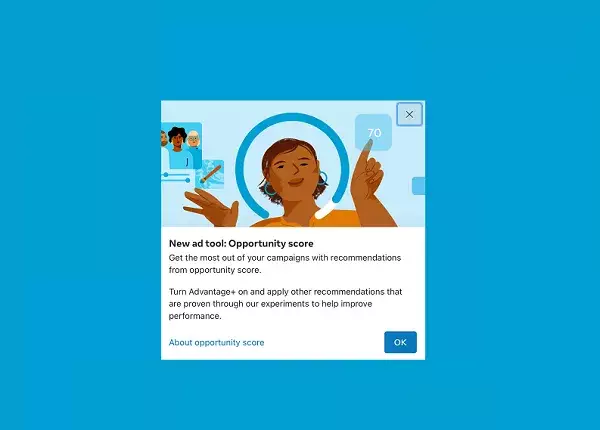Meta has recently taken a step forward in enhancing the advertising journey for marketers by rolling out its Opportunity Score metric. In essence, this score serves as a proactive dashboard, rating advertising campaigns on a scale from 0 to 100 based on their optimization potential. It’s not merely a score; it’s a quantifiable reflection of how well an advertisement is structured to yield favorable outcomes. This initiative, aimed at empowering advertisers, symbolizes a significant move towards incorporating artificial intelligence into more streamlined advertising processes.
Moreover, the Opportunity Score provides actionable insights that can be pivotal for advertisers who want to enhance their campaigns. With recent changes to the Ads Manager interface, this metric has become more accessible, effectively nudging marketers to consider possible improvements. The broader implication here is that by making this score more prominent, Meta is urging advertisers to take a more analytical and strategic approach, rather than relying solely on intuition and guesswork.
Artificial Intelligence in Advertising
What sets Meta’s Opportunity Score apart is its foundation in AI-driven recommendations. Alongside the score, advertisers are presented with real-time suggestions on how to optimize their ads. This shift toward an AI-centric framework marks a transformative phase in digital advertising. The fact that early adopters of these recommendations have experienced a 5% decrease in costs per result indicates that the tool is not just theoretical; it’s practically beneficial. However, it’s essential to remain cautious of the fact that these metrics, while helpful, do not guarantee success. They operate within a broad spectrum of performance data, which means results can vary significantly from one campaign to another.
By utilizing advanced algorithms to gauge what works, Meta offers recommendations that encompass best practices, identify potential pitfalls, and furnish suggestions to rectify issues like format errors or policy breaches. Yet, the onus remains on the advertiser to decide which suggestions to implement. This personalized approach essentially underscores the balance between guidance and autonomy in advertising.
Implementation Challenges
While the Opportunity Score presents a promising avenue for advertisers, it also raises the question of feasibility and practicality. Will all advertisers, regardless of their experience level, be able to decipher these suggestions effectively? Not every marketer possesses the expertise to interpret or implement AI-driven recommendations. For small businesses or inexperienced advertisers, the additional layer of complexity could be daunting.
Furthermore, reliance on a metric like Opportunity Score can lead to over-optimizing a campaign based purely on data, potentially sacrificing creative elements that resonate with audiences in favor of meeting algorithmic standards. Therefore, while data is invaluable, it must be complemented by strategic creativity and human intuition in advertising.
Looking Ahead
As Meta continues to test the waters with the Opportunity Score among a larger pool of advertisers, the actual results will slowly unveil the metric’s potential success and limitations. That said, embracing a data-driven mindset through tools like the Opportunity Score could signify a significant evolution in how advertisers strategize and conduct campaigns. The fusion of AI recommendations with human creativity promises to redefine the future of advertising, but it hinges on the ability of marketers to adapt to these new standards while retaining the essence of compelling storytelling.

